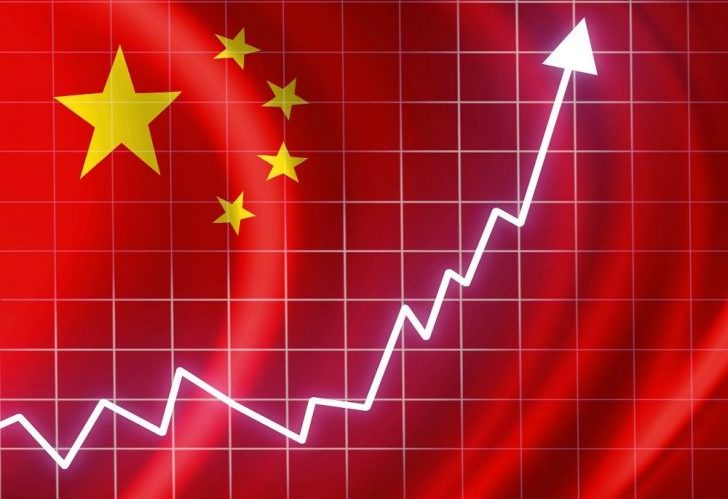China, often touted as the global growth engine, is facing a challenging economic situation that has raised concerns worldwide. In recent weeks, its economic slowdown has taken center stage, leaving international leaders and investors apprehensive.
For decades, China’s economy served as a pillar of strength against global economic instability. However, for the first time in a long while, China’s economic woes have become a major global concern. This article will delve into the various factors contributing to China’s economic troubles.

Pixabay/ Pexels | China’s headline year-over-year growth in the second quarter of 2023 picked up to 6.3 percent
The Bearish Hang Seng and the Weakening Yuan
The signs of China’s economic distress are evident. The Hang Seng Index, Hong Kong’s prominent stock market indicator, plunged into bear territory, with a decline of over 20% from its peak in January. Concurrently, the Chinese yuan fell to its lowest level in 16 years, prompting the central bank to intervene aggressively by setting a significantly higher exchange rate against the dollar than the estimated market value.
Stalling Growth and Deepening Real Estate Crisis
China’s troubles are multifaceted. Following an initial burst of post-lockdown economic activity earlier this year, growth has started to stall. Consumer prices are declining, and the real estate sector is grappling with a severe crisis. Export numbers are also plummeting, and the youth unemployment situation has reached a point where the government has stopped publishing data.
Once a robust driver of China’s economy, the real estate market is now a concern. Defaults by major players like Country Garden and Zhongrong Trust have triggered fears of a cascading crisis. The specter of Evergrande, whose debt defaults in 2021 foreshadowed the ongoing real estate troubles, looms large.

chinabusinessandeconomics/ Instagram | China is the world’s second-largest economy, and its challenges have repercussions far beyond its borders
Property market interventions by Beijing have not yielded the expected results, and even stronger developers are flirting with default. This situation has spilled over into China’s $2.9 trillion investment trust industry, with Zhongrong Trust failing to repay investments to multiple companies, leading to protests outside its office.
Local Government Debt and Fiscal Stress
China’s local government debt has surged, primarily due to reduced land sale revenues from the property downturn and the financial toll of pandemic lockdowns. This poses risks to Chinese banks and constrains the government’s ability to stimulate economic growth and expand public services.
While Beijing has introduced measures such as interest rate cuts to support the economy, it has been cautious about unleashing a massive stimulus package like the one during the 2008 global financial crisis. The previous stimulus led to an unprecedented credit expansion and a surge in local government debt, which China is still grappling with. Policymakers are wary of repeating this mistake.

hitesh choudhary/ Pexels | The past six months has brought a stream of bad news for China’s economy
Demographic Challenges and Geopolitical Tensions
China also confronts long-term demographic challenges, including a population crisis. Its fertility rate has hit a record low, even lower than Japan’s, and its population began shrinking for the first time in six decades. These demographic shifts could lead to fiscal deficits, increased debt, and declining investments.
Moreover, demographic trends, slowed migration from rural to urban areas, and geopolitical tensions are structural challenges beyond policymakers’ control. These factors and the global economic slowdown contributed to a substantial decline in China’s trend growth, making it a formidable economic challenge.













